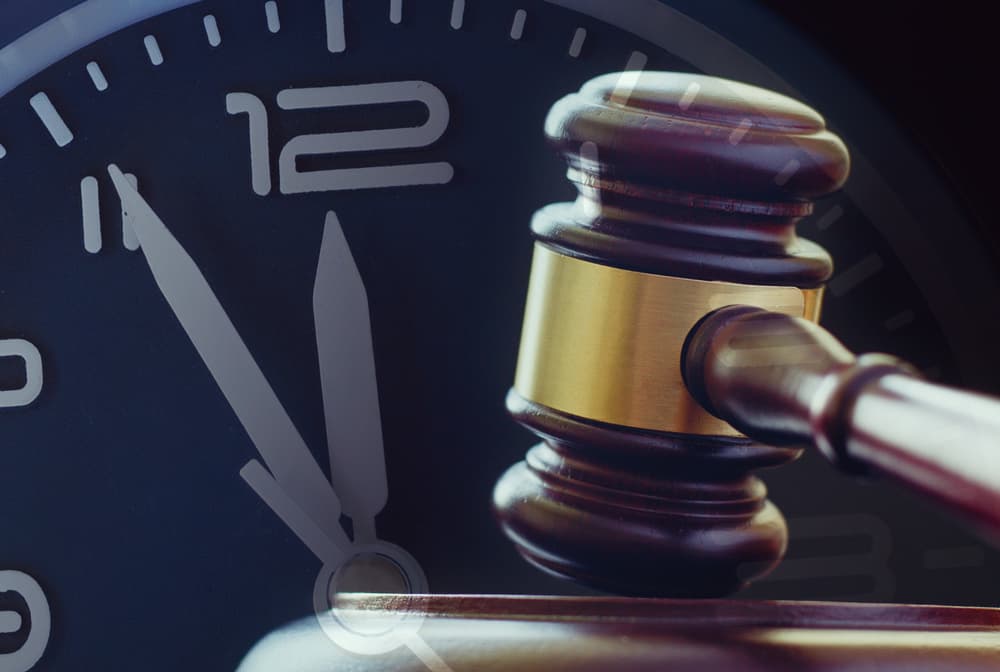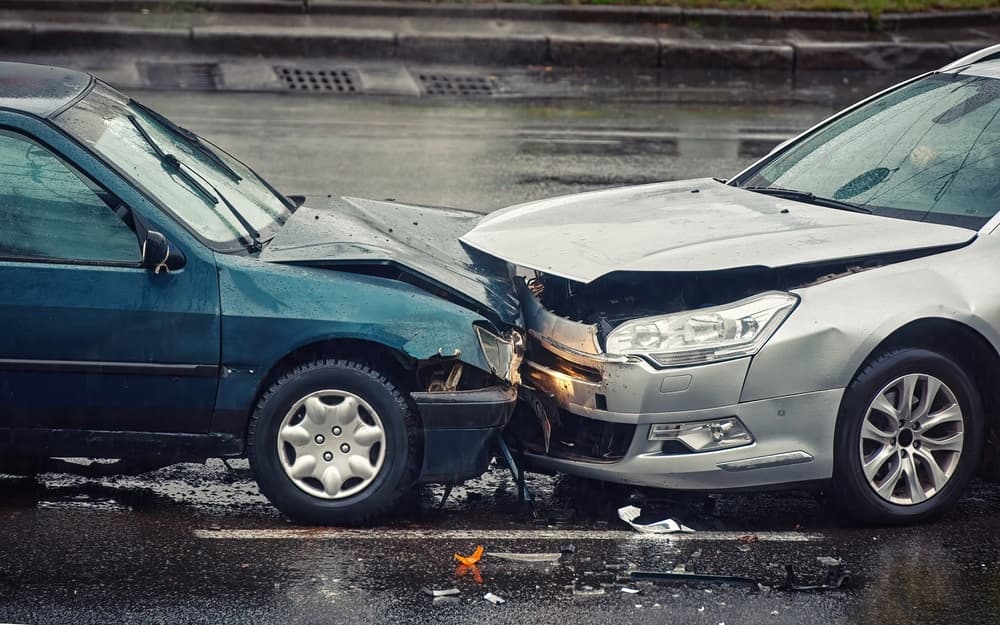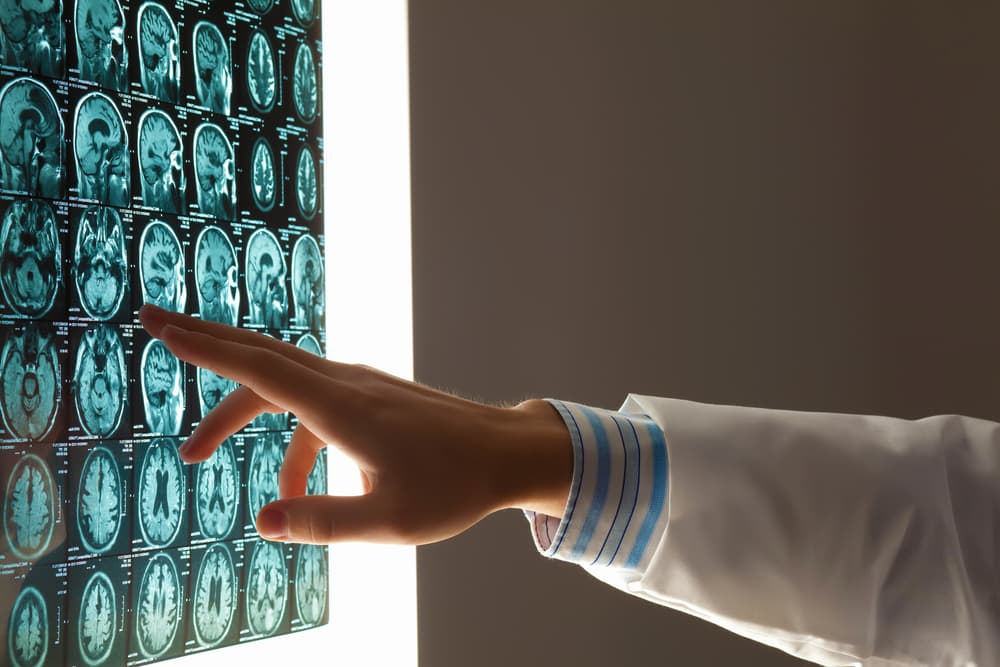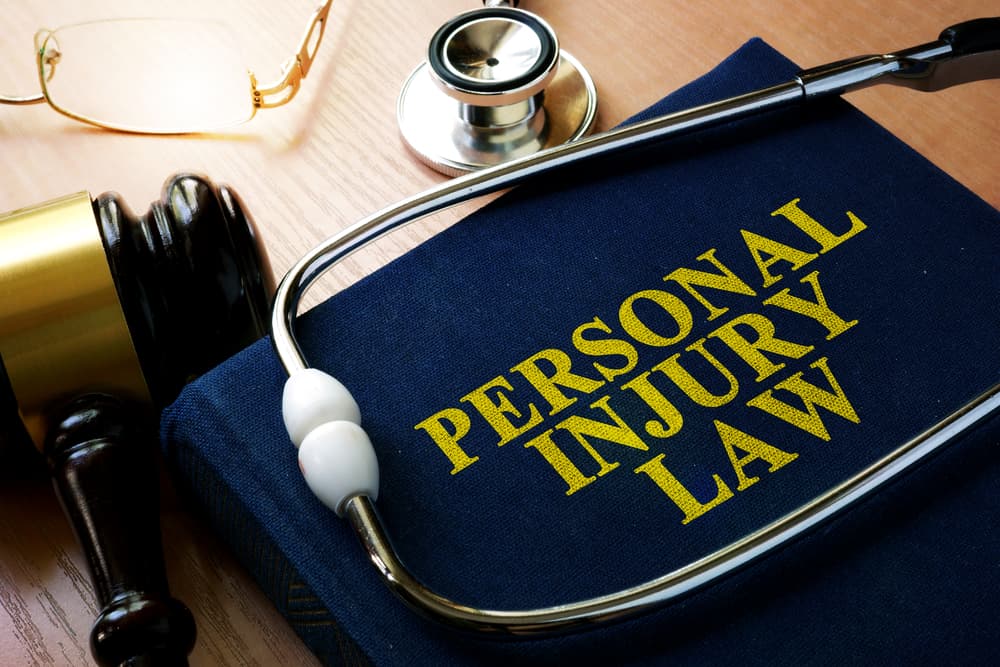
When other people violate traffic laws or drive carelessly, serious traffic accidents and injuries can occur. Additionally, when premises owners fail to maintain their properties in a reasonably safe condition or fail to address hazards promptly, slip and fall accidents and injuries may result.
If you recently suffered injuries in one of these accidents, you may be eligible to file a personal injury claim or lawsuit for compensation. However, every jurisdiction imposes a deadline for filing a personal injury lawsuit, which may range from one to six years.
For example, in most Florida personal injury cases, the statute of limitations begins to run on the accident date and expires exactly two years later. When an accident victim fails to file their lawsuit on time, they will no longer be eligible to recover compensation for their injuries.
A knowledgeable personal injury attorney in your jurisdiction will know the applicable statute of limitations. They can file a claim or lawsuit on your behalf in a timely manner and aggressively pursue the compensation you need.
Exceptions to the Statute of Limitations
The statute of limitations sets a time limit for filing a lawsuit after an accident resulting from someone else’s negligence. However, certain exceptions to this rule may extend the deadline in certain circumstances, depending on the jurisdiction.
One common exception is the discovery rule, which applies when the injured party does not immediately realize the full extent of their injuries or damages resulting from the accident.
In such cases, the statute of limitations may begin from the date you discovered or or reasonably should have discovered the injury, rather than the date of the accident itself.
This exception may apply to injuries that manifest over time, such as internal organ damage or latent medical conditions.
Another exception is the tolling of the statute of limitations for minors. In many jurisdictions, the statute of limitations may pause for individuals who were minors at the time of the accident. This allows them to file a lawsuit after reaching the age of majority, typically 18, within a specified period.
This exception recognizes that minors may not have the legal capacity to pursue a lawsuit on their own behalf. It ensures they can seek compensation for their injuries once they are old enough.
Additionally, the statute of limitations may be tolled for individuals who are deemed mentally incapacitated at the time of the accident.
This includes mentally incompetent or incapacitated individuals. The tolling period typically begins once the individual regains mental capacity or competency.
Individuals injured in motor vehicle or premises accidents must understand their rights and consult an experienced personal injury attorney to determine the applicable statute of limitations – and any available exceptions.
Types of Accidents That Result From Others’ Negligence

Accidents resulting from someone else’s negligence can occur in various forms:
- Car accidents are among the most common types of injury-causing events. They may occur due to factors like speeding, distracted driving (e.g., texting or talking on the phone), driving under the influence of alcohol or drugs, reckless driving, or failing to obey traffic laws.
- Truck accidents involve large commercial trucks and can be particularly devastating. Common causes of truck accidents include driver fatigue, speeding, improper loading or securing of cargo, mechanical failures, or inadequate maintenance. Truck accidents often result in catastrophic injuries or fatalities due to the sheer force of impact involved.
- Motorcycle accidents occur when motorcyclists collide with other vehicles or objects. These accidents can happen when other motorists speed, fail to yield, or commit other traffic violations. Motorcyclists are at a higher risk of injury or death in accidents due to the lack of protective barriers and the vulnerability of their vehicles.
- Slip and fall accidents can occur on slippery or uneven surfaces, such as wet floors or poorly maintained walkways. These accidents often result from property owner negligence, such as failing to clean up spills, repair damaged flooring, or provide adequate warning signs.
- Bicycle accidents can happen when vehicles strike cyclists trying to share the road. Factors contributing to bicycle accidents include driver negligence, failure to yield, distracted driving, or inadequate infrastructure for cyclists.
- Pedestrian accidents involve pedestrians being struck by vehicles while walking or crossing the street. These accidents can occur due to driver negligence, failure to yield at crosswalks, speeding, distracted driving, or impaired driving.
- Wrongful death claims arise when someone dies as a result of another party’s negligence or intentional wrongdoing. These claims can be filed by surviving family members to seek compensation for the loss of their loved one’s financial support, companionship, and guidance.
Common Injuries in Accidents That Result From Negligence
Accidents that result from someone else’s negligence can lead to numerous injuries and other medical complications.
Among the most common types of injuries are:
- Whiplash – Often associated with rear-end car collisions, whiplash occurs when the neck is suddenly and forcefully jerked forward and backward. Symptoms include neck pain, stiffness, headaches, and sometimes dizziness or blurred vision.
- Bone Fractures – Bones can break in accidents due to the impact or force involved. Fractures can range from simple hairline cracks to complex breaks that require surgery to repair. Commonly affected bones include arms, legs, ribs, and the spine.
- Traumatic Brain Injuries (TBI) – These injuries occur when the brain sustains damage due to a sudden blow or jolt to the head. TBIs can range from concussions to severe brain damage, leading to cognitive, physical, and emotional impairments. Symptoms may include headaches, confusion, memory loss, and mood swings.
- Soft Tissue Injuries – Damage to muscles, tendons, and ligaments can occur in accidents, causing pain, swelling, and limited mobility. Common soft tissue injuries include strains, sprains, and contusions (or bruises).
- Spinal Cord Injuries – Accidents involving significant force or trauma can damage the spinal cord, leading to paralysis or loss of sensation below the injury site. These injuries can have a profound effect on mobility and daily functioning.
Medical treatment for these injuries varies depending on their severity and nature. In many cases, immediate medical attention is necessary to assess and address any life-threatening conditions.

Treatment may include:
- Emergency Care – This may involve stabilizing the patient’s condition, controlling bleeding, and addressing any immediate threats to life or limb.
- Diagnostic Imaging – X-rays, CT scans, and MRI scans may assess the extent of injuries, such as fractures, internal bleeding, or damage to soft tissues and organs.
- Immobilization – Splints, braces, or casts may immobilize fractured or injured limbs, reducing pain and preventing further damage.
- Medication – Pain relief medication, anti-inflammatories, muscle relaxants, and other drugs may manage pain and facilitate healing.
- Physical Therapy – Rehabilitation exercises and therapies may be recommended to restore strength, flexibility, and function to injured body parts.
- Surgery – In cases of severe injuries, surgery may be necessary to repair fractured bones, stabilize spinal cord injuries, or address internal organ damage.
Seeking prompt medical attention after an accident is crucial to ensuring the best possible outcome and minimizing the long-term effects of various injuries.
Proving a Personal Injury Claim or Lawsuit Successfully
In a personal injury claim or lawsuit, accident victims must prove the defendant (the party allegedly at fault) caused their injuries.
These elements typically include:
- Duty of Care – The victim must demonstrate that the defendant owed them a duty of care. This means showing that the defendant had a legal obligation to act reasonably and avoid causing harm to others. For example, drivers have a duty to obey traffic laws and operate their vehicles safely.
- Breach of Duty – The victim must also show that the defendant breached their duty of care by acting negligently or recklessly. This can involve failing to follow safety regulations, driving while intoxicated, or engaging in other careless behavior.
- Causation – The victim must establish a causal link between the defendant’s breach of duty and their injuries. They must demonstrate that the defendant’s actions directly led to the harm the victim suffered. This often requires evidence such as witness testimony, expert opinions, medical records, and accident reconstruction reports.
- Damages – Finally, the victim must show that they suffered actual damages due to the defendant’s actions. Damages may include medical expenses, lost income, pain and suffering, and other losses from the accident and injuries.
To prove these legal elements, accident victims can use various types of evidence, including:
- Witness Testimony – Eyewitnesses who observed the accident or its aftermath can provide crucial testimony to support the victim’s version of events and establish liability.
- Photographs and Videos – Visual evidence, such as photos or videos of the accident scene, vehicle damage, injuries, and other relevant details, can help corroborate the victim’s account and demonstrate the extent of the harm suffered.
- Medical Treatment Records—Documentation from healthcare providers detailing the victim’s injuries, treatments, and prognosis can serve as strong evidence of the accident's physical and financial effects.
- Expert Opinions—Expert witnesses, such as accident reconstruction specialists, medical professionals, or economists, can provide professional opinions and analyses to support the victim’s claims regarding liability, causation, and damages.
- Police Reports and Other Official Documents – Reports filed by law enforcement officers, incident reports from businesses or property owners, and other official documents can provide important information and context regarding the accident.
By presenting compelling evidence that addresses these legal elements, accident victims can strengthen their personal injury claims and improve their chances of obtaining favorable compensation for their losses.
Recovering Damages in a Third-party Personal Injury Claim or Lawsuit

Accident victims who pursue a third-party personal injury claim or lawsuit following a motor vehicle or premises accident may be entitled to compensation to help them recover from their losses.
This compensation – also known as damages – may include:
- Medical Expenses – This covers the cost of medical treatment related to the accident, including hospital bills, surgery, medication, rehabilitation, and therapy. Victims can seek reimbursement for past medical expenses and compensation for future medical needs resulting from their injuries.
- Lost Earnings – Victims may also be compensated for income lost due to the accident, including earnings missed during recovery and any reduction in earning capacity resulting from long-term disabilities or impairments.
- Pain and Suffering – This includes compensation for physical pain, emotional distress, and mental anguish due to the accident and injuries. Calculating pain and suffering damages often involves considering the severity of the injuries, the duration of recovery, and the effects on the victim’s quality of life.
- Loss of Consortium – Spouses or family members of accident victims may be entitled to receive compensation for the loss of companionship, affection, and support directly resulting from the victim’s injuries or death.
- Property Damage – In cases involving motor vehicle accidents, victims can recover compensation for repairing or replacing damaged property, such as vehicles or personal belongings.
- Punitive Damages – In some cases, courts may award punitive damages to punish the defendant for particularly reckless, egregious, or intentional conduct and to deter similar behavior in the future.
- Wrongful Death Damages – If the accident results in the victim’s death, their surviving family members may pursue compensation for funeral expenses, loss of financial support, and the emotional effect of their loved one’s untimely death.
- Legal Fees and Costs – In addition to compensation for their losses, accident victims may recover reimbursement for attorney’s fees, court costs, and other expenses incurred in pursuing their personal injury claim or lawsuit.
By seeking compensation for these various types of damages, accident victims can receive financial support to cover their medical bills, replace lost income, and address the physical and emotional effects of their injuries.
A knowledgeable personal injury attorney can help victims understand their rights and pursue just compensation for their accident-related losses.
Speak to an Experienced Personal Injury Attorney Today
If you sustained injuries in an accident resulting from another person or entity’s negligent behavior, you may have legal options to consider. A knowledgeable personal injury attorney can determine those options and guide you to make intelligent and informed decisions throughout your case.
Your lawyer can also represent you during all legal proceedings to pursue the full compensation you deserve.
